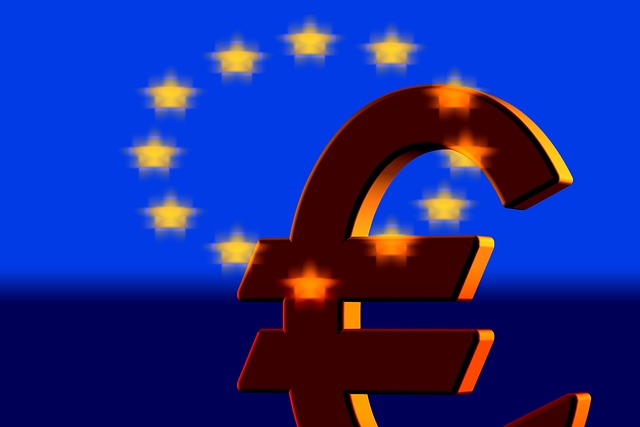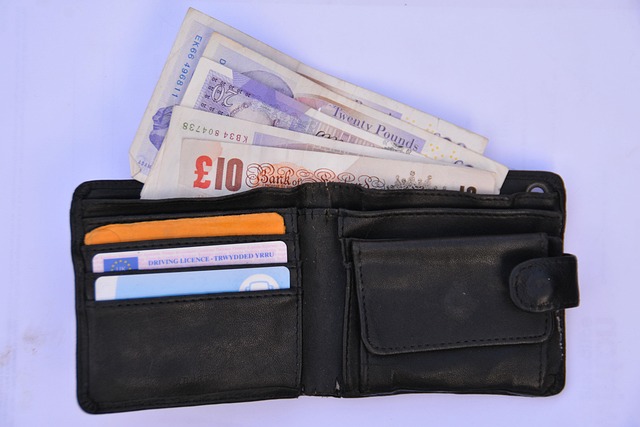The upcoming patent expiration for semaglutide, a key diabetes medication, marks a shift in its market dynamics. Currently high costs are attributed to exclusive brand-name rights but post-expiration, generic versions will enter the market, driving down the cost of semaglutide significantly due to reduced research and development expenses. This competition is expected to stabilize or further decrease pricing, making semaglutide treatment more accessible and affordable for patients globally, especially those seeking alternatives to high brand-name drug costs. Increased availability and price transparency empower patients and healthcare providers to make informed decisions regarding treatment budgets.
The expiration of patents plays a pivotal role in shaping the economic landscape of pharmaceutical industries, particularly for innovative drugs like semaglutide. This article delves into the intricate relationship between patent expiry and the cost of semaglutide, a crucial diabetes treatment. We’ll explore how legal protections influence pricing strategies, and what’s in store post-expiration. Understanding these dynamics is essential as patients seek affordable options without compromising efficacy. By examining the market position and patent timeline of semaglutide, we aim to shed light on potential cost implications and available alternatives for consumers.
Understanding Patent Expiration and Its Legal Significance

Patent expiration is a pivotal moment in the lifecycle of pharmaceutical products, including semaglutide, a drug used to manage type 2 diabetes and obesity. When a patent expires, it signifies the end of exclusive rights held by the original manufacturer, allowing generic versions to enter the market. This transition has profound implications for the cost of semaglutide, as competition increases, prices often plummet.
Legally, patents grant inventors or companies temporary protection for their innovations, preventing others from making, using, or selling the patented product without permission. Once a patent expires, these restrictions lift, fostering market competition and potentially driving down production costs. This legal framework is designed to promote innovation by rewarding pioneers while encouraging increased accessibility and affordability for consumers in due time.
Semaglutide: A Brief Overview of the Drug and Its Current Market Position

Semaglutide is a groundbreaking medication that has significantly impacted the diabetes management landscape. It is a once-weekly injectable drug, belonging to a class of therapies known as glucose-dependent insulinotropics (GDIRs). Semaglutide works by mimicking a natural hormone, increasing insulin release and reducing glucagon secretion in a glucose-dependent manner. This dual action helps lower blood sugar levels, making it an effective treatment for type 2 diabetes.
Currently, semaglutide is widely prescribed globally due to its superior efficacy and convenience compared to other diabetes medications. Its market position is strong, with various brand names and generic versions available, each competing to offer patients affordable access to this life-changing drug. The cost of semaglutide has been a topic of interest, especially as the patent for the original formulation has expired, paving the way for increased competition in the market. This has the potential to drive down prices, making this powerful diabetes treatment more accessible to patients worldwide.
The Role of Patents in Drug Pricing: A General Perspective

Patents play a pivotal role in shaping the cost of semaglutide and other pharmaceutical products. In general, patents grant drug manufacturers exclusive rights to produce and sell their medications for a limited period, typically 20 years. This exclusivity is intended to encourage innovation by providing companies with financial incentives to invest heavily in research and development (R&D). With no direct competition during the patent period, patent-holders can set prices based on market demand, R&D costs, and production expenses, often resulting in higher cost of semaglutide.
Upon patent expiration, generic drug manufacturers can enter the market, offering lower-priced alternatives. This competitive landscape leads to a significant reduction in the cost of semaglutide as more companies begin producing and selling the drug. The shift from brand-name to generic medications is a key factor in lowering healthcare costs and increasing accessibility for patients worldwide.
When Does Patent Protection for Semaglutide Expire?

The patent protection for Semaglutide, a popular medication used for diabetes management, is set to expire in the coming years. This expiration date marks a significant turning point as it allows generic versions of the drug to enter the market, potentially leading to substantial changes in the cost of semaglutide. Currently, brand-name Semaglutide is relatively expensive due to the exclusive rights held by its manufacturer during the patent period. However, once generics become available, competition among pharmaceutical companies is likely to drive down prices, making this life-saving medication more accessible and affordable for patients worldwide.
The timing of this patent expiration varies across different countries, with some regions experiencing it sooner than others. Staying informed about these dates is crucial for both healthcare providers and patients as it can significantly impact the overall cost of semaglutide treatments. As we await the arrival of generic alternatives, understanding these patent expiration dynamics is essential to anticipating potential savings on this critical medication.
Potential Impact on Cost: Post-Expiration Scenarios

After a patent expires, generic versions of brand-name drugs like semaglutide can enter the market, leading to significant price reductions. This competitive landscape often results in lower costs for consumers. Generic medications are typically more affordable due to reduced research and development expenses compared to their innovative counterparts.
The post-expiration period can bring substantial changes in the pricing dynamics of semaglutide. With multiple manufacturers competing, prices may stabilize or even decrease further, making this treatment option more accessible to a broader range of patients. This shift can be particularly beneficial for those seeking affordable diabetes management solutions, as it provides an alternative to the often high cost associated with brand-name drugs before patent expiration.
Exploring Alternatives and Their Availability Post-Patent Expiry

With the patent for semaglutide expiring, pharmaceutical companies are now free to produce and market generic versions of this popular medication. This competition is expected to significantly drive down the cost of semaglutide, making it more accessible to a broader range of patients. Consumers can look forward to various alternatives entering the market, offering potential savings on their prescription costs.
Post-patent expiry, patients and healthcare providers have an array of options to choose from. Generic manufacturers often introduce lower-cost versions, competing with the original brand. This increased availability encourages price transparency and allows consumers to make informed decisions regarding their treatment and budget. Additionally, the entry of generics may lead to more competitive pricing across different retailers, further reducing the overall cost of semaglutide.
